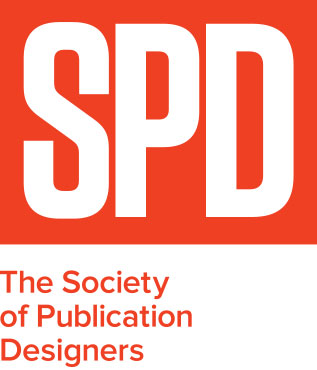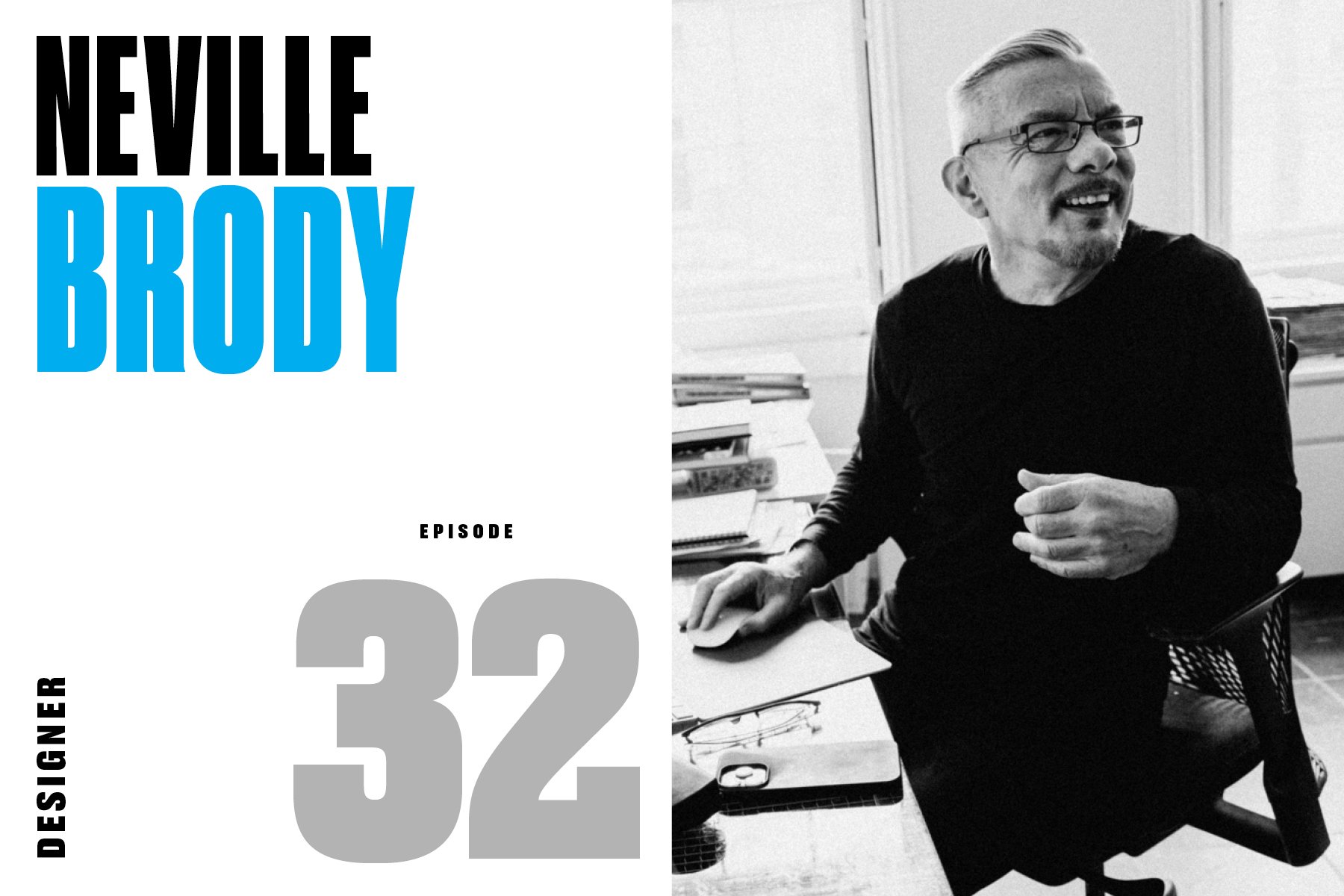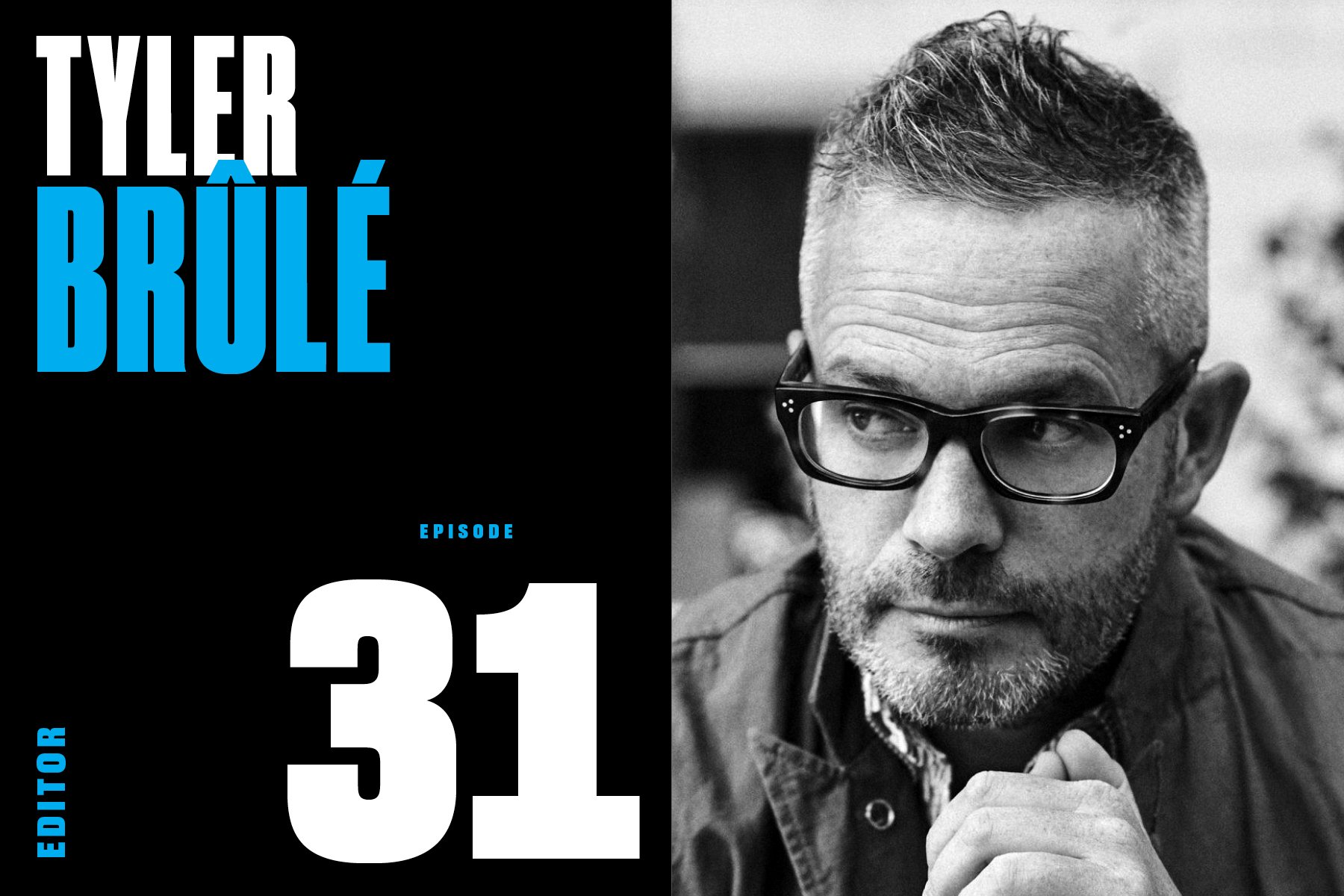Episode 41: Janice Min (Editor: The Hollywood Reporter, Us Weekly, Ankler Media, more)
/A good editor can, theoretically, edit any magazine, regardless of genre. But in some cases, you need an outsider to make things right. To see the forest for the trees.
To that end, Janice Min has planted entire forests—one tree at a time—on both coasts, where the Colorado-born editor considers herself an outsider.
I cared about almost none of this. I don’t care about celebrities or reality stars. It was my job to just think about how to interpret what they were saying and turn that passion into stories. I don’t think that the editors always have to be their audience, but I also think, as an editor I was able to be removed from it and glean like, “That pops. That’s the most important story.”
From Us Weekly, where her instincts led to a massive increase in readership that saved a floundering publication—and likely all of Wenner Media—to The Hollywood Reporter, which was in a death spiral but is now, once again, a widely-respected and well-read industry bible, Min has played a major role in creating what we now call the celebrity-industrial complex, as well as the rise of what became social media and the influencer economy. That’s all.
Now, as cofounder of Ankler Media, Min is once again rethinking publishing—and celebrity. The company is centered around its newsletter, The Ankler, which bills itself as “the newsletter Hollywood loves to hate—and hates to love” and is currently one of the top three business publications on Substack.




























